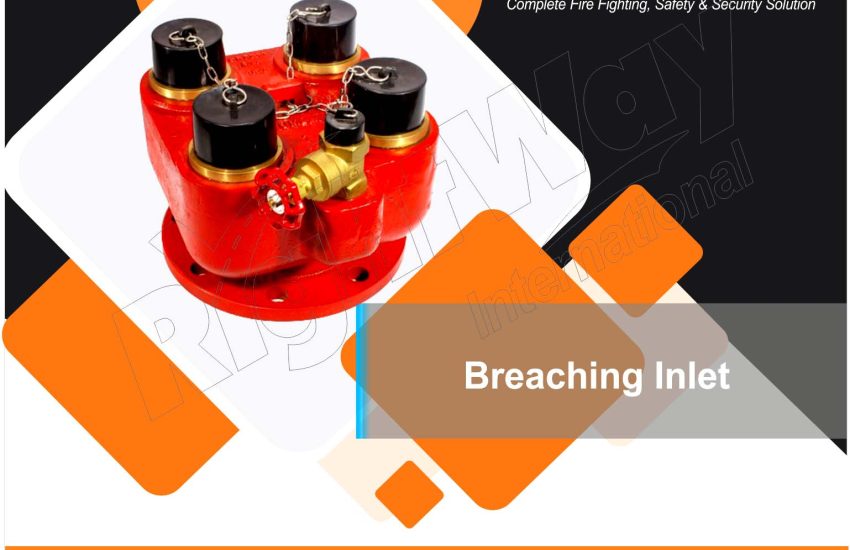A breaching inlet is a critical component of fire protection systems, enabling firefighters to quickly and efficiently connect fire apparatus to a water supply. Typically located in buildings and facilities, breaching inlets provide rapid access to water sources, ensuring a timely response during emergencies. This article explores the importance, design, installation, and maintenance of breaching inlets.
Importance of Breaching Inlet
- Rapid Access to Water: Breaching inlets give firefighters immediate access to water, crucial during a fire emergency when every second counts.
- Enhanced Firefighting Capability: Breaching inlets allow fire engines to draw water directly from a facility’s supply, improving overall firefighting effectiveness.
- Compliance with Codes: Many fire safety regulations mandate installing breaching inlets in buildings with limited access to water sources.
- Reduced Fire Spread: Quick access to water helps control and extinguish fires more effectively, minimizing damage and protecting lives.
Design and Types of Breaching Inlet
- Single Breaching Inlet: A standalone unit that connects to a water supply, allowing for a direct link between the fire engine and the water source.
- Dual Breaching Inlet: Provides two connections, allowing for multiple fire apparatus to draw water simultaneously, which is beneficial in large-scale incidents.
- Pressure-Reducing Valve (PRV) Inlet: This inlet incorporates a pressure-reducing valve that ensures firefighters receive water at the appropriate pressures for their operations.
Installation Considerations
- Location: Breaching inlets should be installed in accessible locations, typically near fire department connections and away from obstructions.
- Height and Orientation: The inlet should be positioned to facilitate easy access from fire apparatus, considering the typical height and design of fire hoses.
- Compliance: Ensure that installation adheres to local fire codes and standards, including specifications for size, materials, and pressure ratings.
- Water Supply Connection: The inlet must connect securely to the building’s water supply, ensuring that it can handle the expected flow rates and pressures.
Maintenance Practices
- Regular Inspections: Conduct routine checks to ensure the breaching inlet is clear of debris and functioning properly.
- Testing: Periodically test the inlet to confirm it can deliver the required water flow and pressure.
- Cleaning: Keep the inlet and surrounding area clean to prevent blockages and ensure easy access during emergencies.
- Documentation: Maintain records of inspections and maintenance activities to ensure compliance with fire safety regulations.
Conclusion
Breaching inlet are vital for effective firefighting operations, providing quick access to water supplies in emergencies. Understanding their importance, design considerations, and maintenance practices is essential for ensuring optimal performance. Investing in well-installed and maintained breaching inlets significantly enhances fire protection and improves safety for both occupants and first responders.


